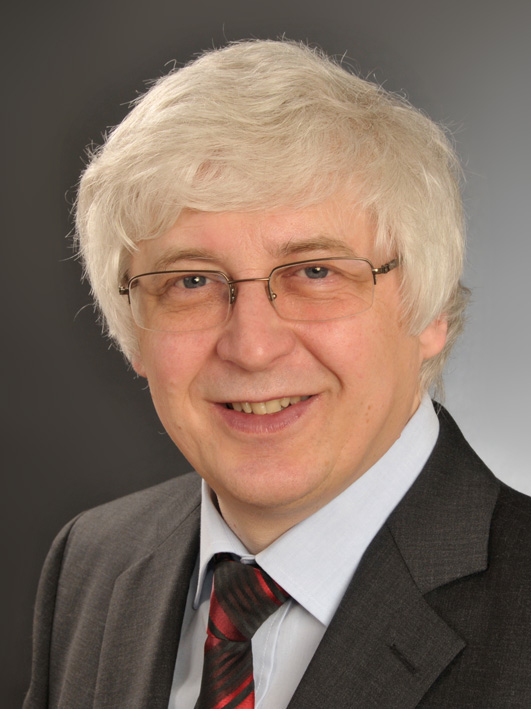Keynote Lecture 1: Prof. Friedhelm Brusniak

The first keynote lecture of the conference “Choral Life in Switzerland, 19th-21st Century” will be given by Professor Friedhelm Brusniak (Julius-Maximilians-Universität Würzburg, Germany).
Below you can read the English summary of his talk (the lecture will be given in German).
On the transition from the Liedertafel style to choral polyphony in the 19th and 20th centuries
On 6 June, 1903, Kaiser Wilhelm II gave a memorable speech on “The German Folk Song” following the second “Kaiserpreissingen” singing competition for the trophy he had donated for the contest between Germanmen’s choirs. He criticized what he believed to be the wrong choice of repertoire for amateur choirs and inadequate performance standards forsingers in virtuoso choral works. As a consequence, he announced that a collection of “all folk songs” that were “written, sung, and known in Germany, Austria, and Switzerland” would be compiled. A working committee and an advisory committee were immediately formed, with Friedrich Hegar (1841–1927) from Zurich also being appointed to the latter. The two large volumes of the “Folk song book for male choirs” (Volksliederbuch für Männerchor), which included 611 pieces and became known as the “Kaiser’s song book” (Kaiserliederbuch), were published as early as 1906, at the instigation of the German emperor. In 1915, the counterpart “Folk song book for mixed choirs” (Volksliederbuch für gemischten Chor) with 604 numbers was published, again with the contribution of Friedrich Hegar as a representative of Switzerland. The unique publishing project did not come to an end until 1930, with the multi-volume “Folk song book for young people” (Volksliederbuch für die Jugend), in which experts from Germany, Austria, Holland, and Switzerland were also involved.
But neither the “Kaiser’s song book” anthologies nor the forward-looking “Folk song book foryoung people” collection, now published by the State Commission, prevented a bitter debate breaking out in the 1920s. This debate was over a 19th-century style for male choirs, rightly or wrongly negatively described as the “Liedertafelstil”, and a new type of vocal polyphony, which was enthusiastically welcomed and accepted or disparagingly criticized as “polyphonitis”.
For some time, academic study had been intensifying onthe transition from the increasingly openly criticized, usually four-part homophonic “folk choir song” in the “Liedertafel” style by composers such as Franz Abt (1819–1885) and Ignaz Heim (1818–1880) to vocal works for “polyphonic male choirs” by Erwin Lendvai (1882–1949), who worked in Switzerland from 1935 to 1938 before emigrating. This work had already led to new discoveries and rediscoveries of unjustly forgotten choral music from an exciting period of upheaval in choral culture in the early 20th century.